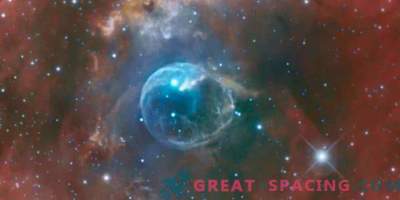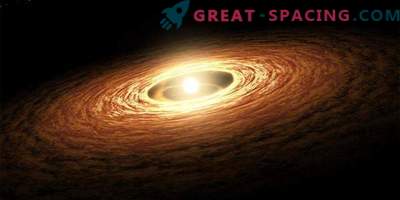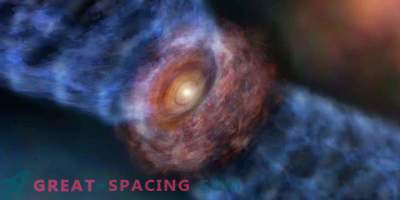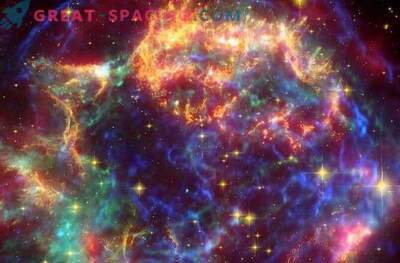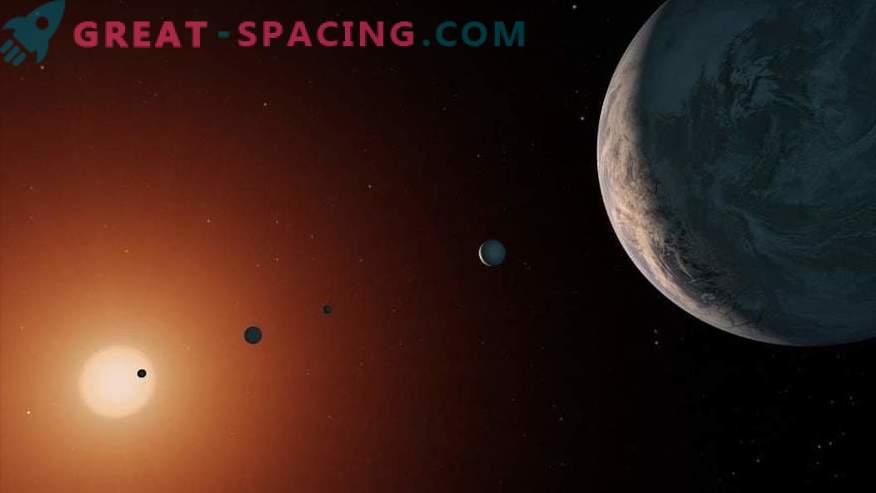
Despite the many amazing cosmic discoveries, scientists are still not sure how the solar system was formed. Researchers at the University of Chicago have proposed their theory, based on the bubbles around a giant dead star.
The generally accepted idea is that the system appeared billions of years ago near a supernova. However, the new scenario substitutes the giant Wolf-Rayet, who is 40-50 times larger than the Sun. These stars create tons of elements emitted into space by stellar winds. As the massiveness is lost, the wind creates a bubble structure with a dense shell.
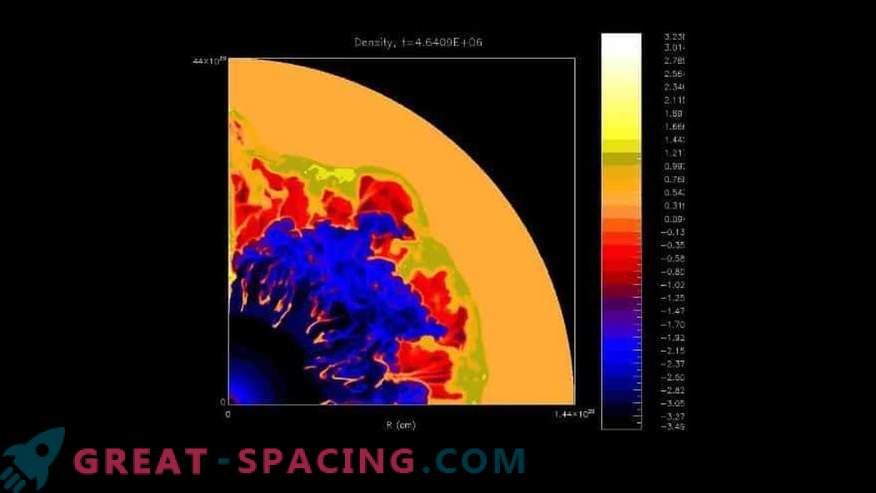
The model shows how bubbles form during 4.7 million years from the intense winds of a massive star. A similar fate could be shared by our system. The result is excellent places for the birth of stars, because dust and gas get stuck inside and condense. In such star nurseries, you can create 1% -16% of all stars of the solar type.
The meteorites remaining from the early system hint at a huge amount of aluminum-26, but less than the isotope of iron-60.
Given this moment, then the idea of a supernova raises questions, but the Wolf-Rayet star fits into the model. The bottom line is that ejected aluminum-26 remains on the dust grains around the star. They have enough momentum to pierce one side of the shell and form a system.
What then happened to the giant star that spawned us? She had to die in a supernova explosion or by direct collapse into a black hole.







